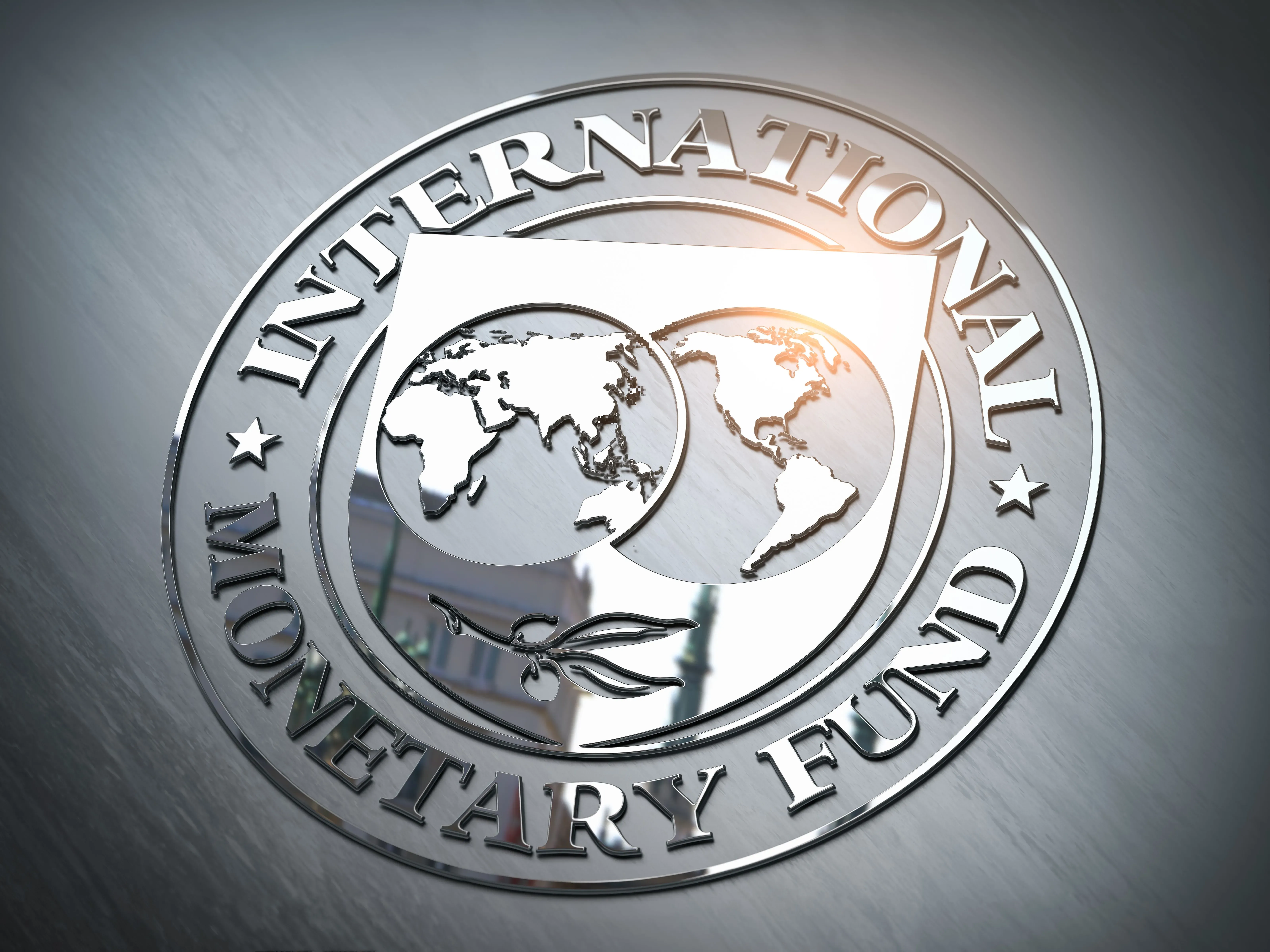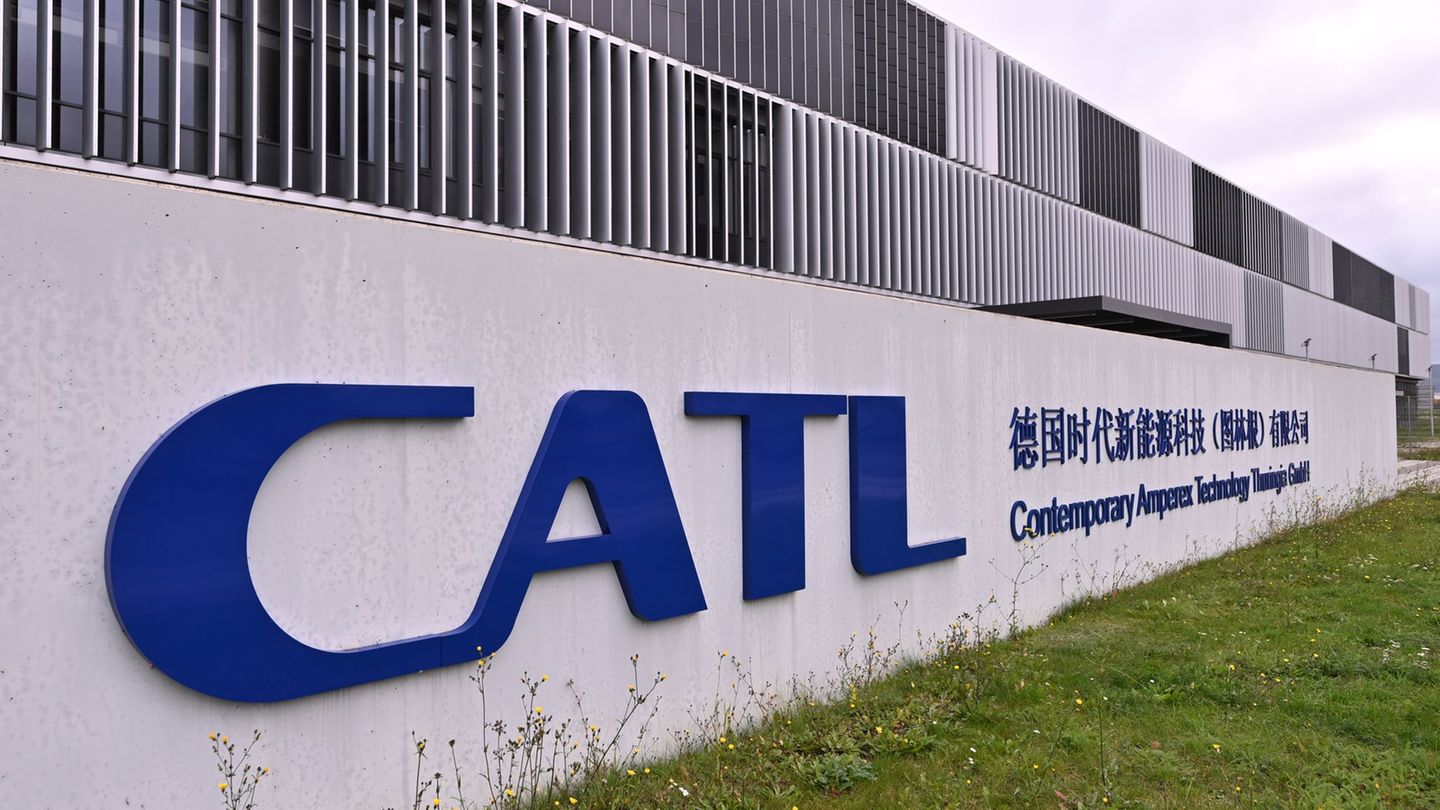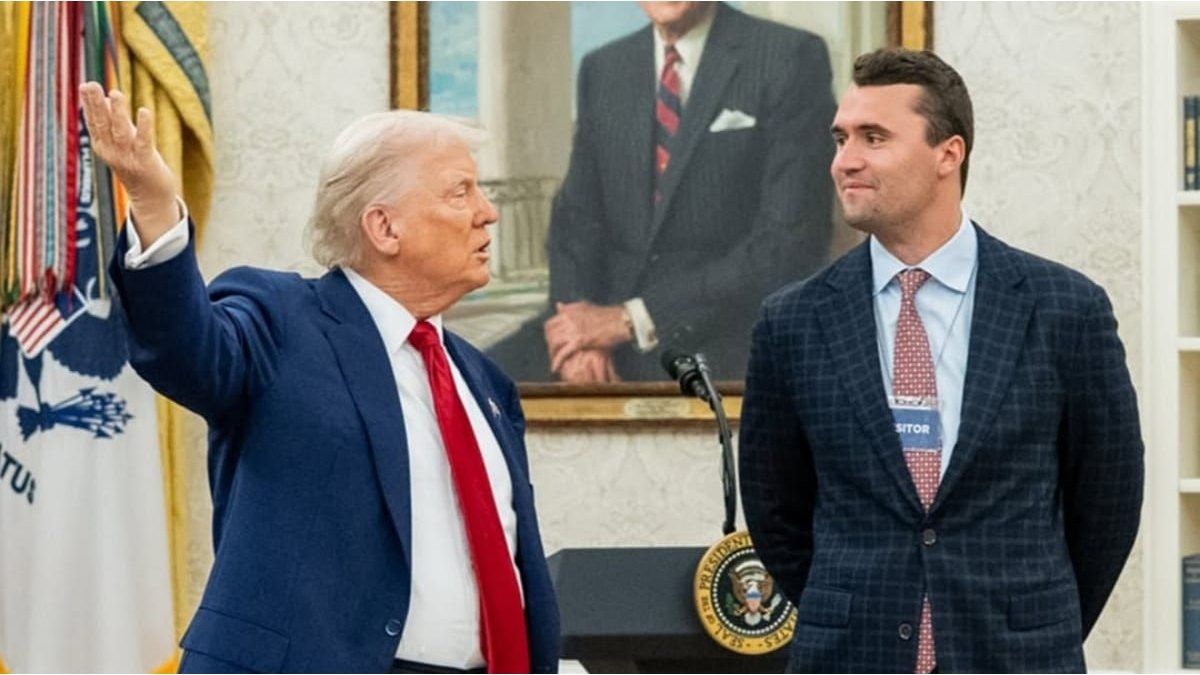He International Monetary Fund (IMF) considered this Thursday that it is necessary that the United States Federal Reserve (Fed) start a cycle of monetary easing at its meeting next week, after the risks of the crisis have diminished. inflation come back up.
“We view the imminent start of a easing cycle, as announced by the Fed, as appropriate,” IMF spokeswoman said at a press conference. Julie Kozackat a press conference.
The spokeswoman also said that rate cuts should begin next week, when members of the Federal Open Market Committee (FOMC) of the US regulator to meet and announce their decision on the 18th.
In that sense, Kozack said the risks of an acceleration in inflation had “decreased” although “they had not disappeared completely”For this reason, the Fed will have to continue “calibrating the pace and scope of the cuts.”
“The performance of the U.S. economy has been remarkably strong in recent years and the process of disinflation has proven to be less costly than most had feared,” said the spokeswoman, who He estimated that by the end of this year the US economy will grow by around 2%.
The United States is “the only G20 economy whose GDP level is now above the pre-pandemic trend” and this “is not only good for the United States, but also for the global economy,” he added.
US inflation fell to 2.5% year-on-year in August
According to the latest data known this Wednesday, the US Consumer Price Index (CPI) fell four tenths in August to 2.5% year-on-year.
The Fed has maintained interest rates from July 2023 at a range of 5.25% to 5.5%, its highest level since 2001, after eleven increases that began in March 2022.
All eyes are now on the monthly meeting that the institution will celebrate between September 17 and 18, in which it is expected that a first rate cut.
Precisely this Thursday, the European Central Bank (ECB) announced that it is lowering the reference interest rate by a quarter of a point, to 3.5%, its second cut this year.
Source: Ambito




